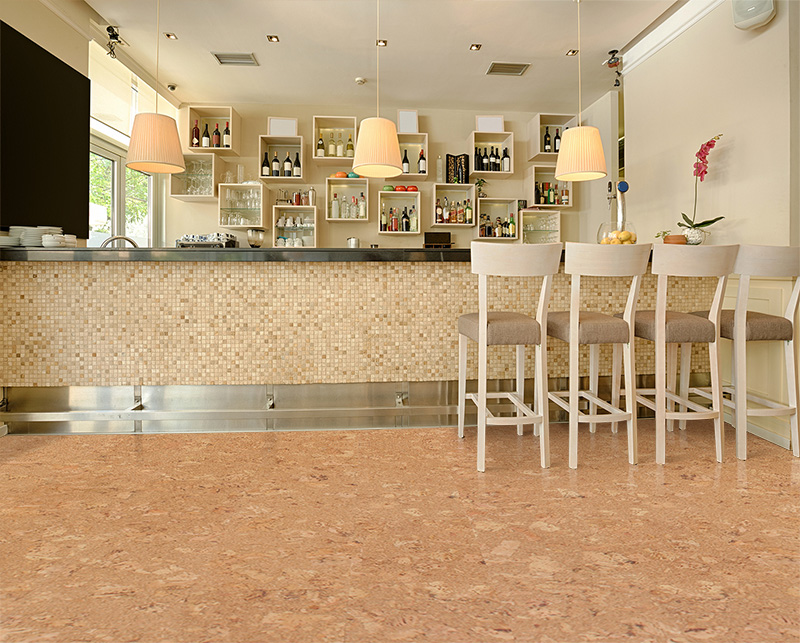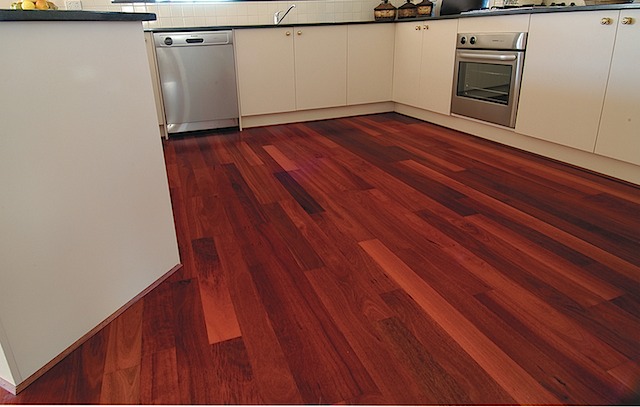
Material and structure: A 0.6-6mm thick veneer of real hardwood glued to 2-15 layers of plywood, that are glued and pressed together, or high-density fiberboard. Dimension-wise High-density fiberboard is more stable. So, the top layer is real hardwood, while the core is either compressed plywood or fiber. All the wood species that are usually used for solid hardwood flooring can also be used for the top layer of the engineered hardwood flooring.
Finishing texture: all the five textures (smooth, open grain, hand-scraped, distressed, and wire-brushed) available for solid hardwood, are also available for engineered hardwood.
Durability: All the engineered floors whose thickness is more than 2mm can be sanded and refurbished. Number of times an engineered floor can be refurbished totally depends on the thickness of the top real hardwood layer. So, their lifespan can range between 20 to 50+ years. Plus, it is more resistant to moisture. So, when exposed to humidity, it is more durable.
Installation: from an installation point of view, engineered hardwood floor has many advantages over solid hardwood as it can be installed over the radiant heated floor, concrete, and cement. It can be glued to the plywood with a moisture barrier in between. Most of the engineered hardwood planks also have tongue-and-groove edges that can be clicked together without being glued or nailed down.
Limitations: engineered hardwood floors might be sanded or refurbished fewer times compared to solid hardwood floors. As mentioned before, the number of times it can be refurbished depends on the thickness of the top real hardwood layer.
Cost: cost per sqft is usually between 3$ to 7$. So, it is relatively cheaper than solid hardwood.


